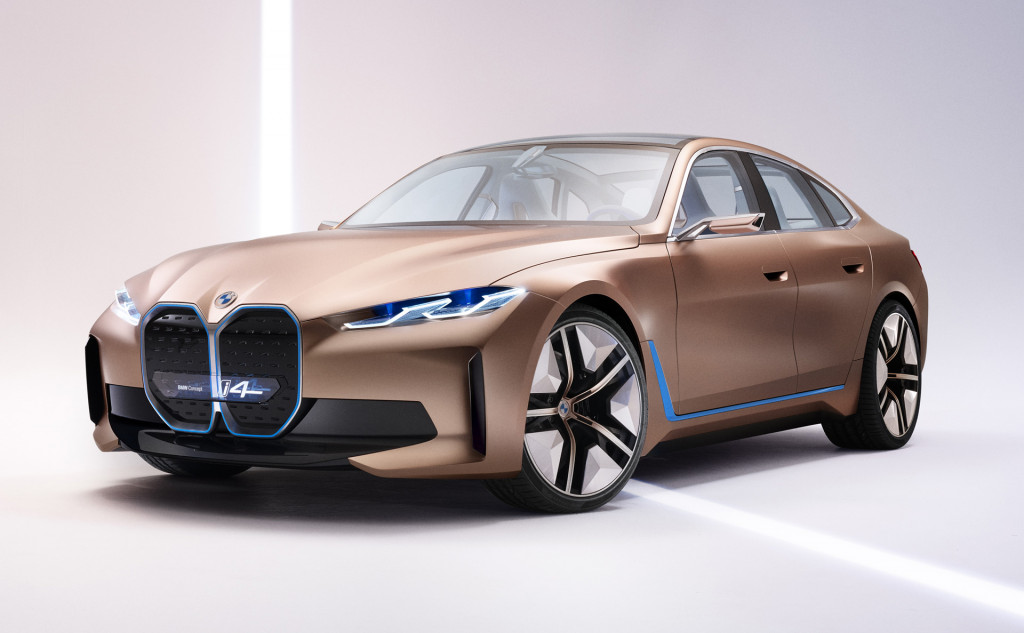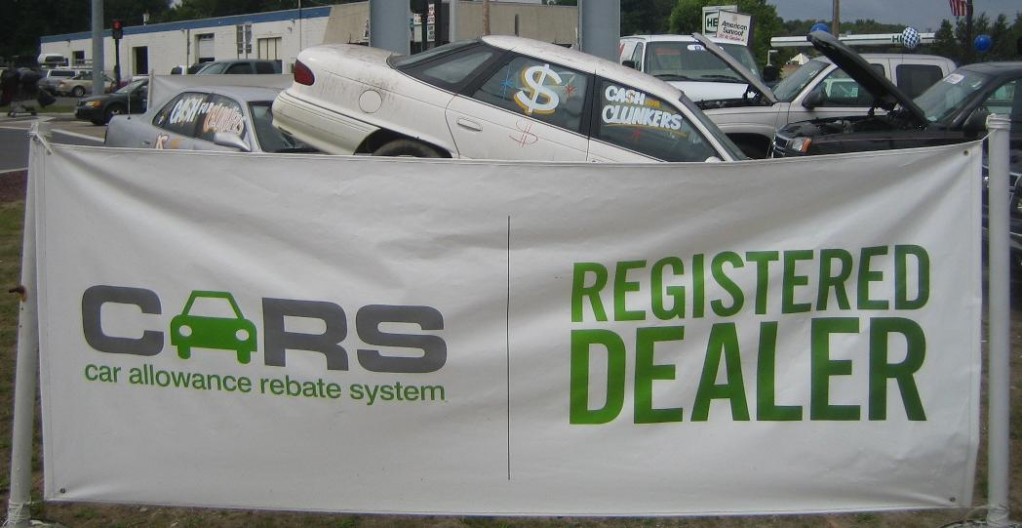Sales of which electric car plunged the steepest leading into the U.S. pandemic slowdown?
Which automaker reaffirmed its commitment to hydrogen fuel cells?
This is our look back at the Week In Reverse—right here at Green Car Reports—for the week ending May 8, 2020.
Our biggest combination of stories this week related to the most efficient versions of some strong-selling nameplates. We drove the 2020 Toyota Camry Hybrid, and compared its gas mileage to that of the 2020 Hyundai Sonata Hybrid we also recently drove. Which of these 50-mpg sedans is the stingiest on fuel when you can’t plug in?

2020 Toyota Camry Hybrid XLE - Driven - Portland OR, April 2020
As we approach roughly two months of lockdown or near-lockdown for Europe and the U.S., the new-product news has slowed to a crawl. One such piece: Nissan revealed a larger version of its Leaf-based e-NV200 electric van, called the e-NV200 XL. It doesn’t look any more likely to arrive in the U.S., however.
One theme for this week was the hardware for a backup plan when infrastructure isn’t enough. A new mobile DC fast charging unit called Lightning Mobile can be easily mounted inside a van or on a trailer to help provide charging at waypoints without higher-power charge points. Earlier in the week, we profiled SparkCharge and FreeWire as two companies with good ideas in mobile charging that both recently reported new funding.

FreeWire Mobi EV charger
Volvo revealed its intent to install new sensor hardware—including lidar—in its next-generation vehicles, starting in 2022 with the XC90 SUV. An electric version of that vehicle is also on the way.
Meanwhile, we continued to process the effects of the pandemic and the economy it will leave us with. The top-selling electric car and hybrid on the U.S. market—the Tesla Model 3 and Toyota RAV4—are the two vehicles that had the largest sales drop in the weeks leading into the pandemic shutdown.
Toward the end of the week, a report suggested that the coronavirus pandemic itself could tighten the supply of some materials that are needed for EV batteries—and for other clean energy generation.

BMW Concept i4
BMW renewed its commitment to hydrogen fuel-cell technology, and provided assurance that its upcoming iNext and i4 electric vehicles are proceeding as scheduled.
As companies try to find good diversions and talking points in the pandemic, Mercedes-Benz brought us a look back at all-electric versions of the 190E sport sedan it built in the 1990s—even charged by solar arrays, they claimed. Which made us wonder why they turned to Tesla for their next EV, the B-Class Electric.

Mercedes-Benz 190E Elektro
Volkswagen’s diversion came in the form of a video-conference tour with global design chief Klaus Bischoff, highlighting the all-digital design process that guided designs for VW’s all-electric ID family from sketches to production. And there might have been a tease about a fully electric Beetle possibility.
According to a report, Volkswagen is considering selling its smallest, least expensive members of the ID electric-car family under a different brand instead. We’re not clear if that is the result of the pandemic or not.

Cash for Clunkers banner with Mercury Sable, Albany, New York
And with talk starting about a program like Cash for Clunkers that could help stimulate vehicle sales, we argue that emissions, not gas mileage, should be the basis this time around. The sudden plunge in demand for oil and the market crash for crude oil could potentially be a win for renewable energy, some argue.
Tesla teardown expert Sandy Munro gave geeks of all stripes an up-close look at how Tesla builds its battery packs—along with some suggestions as to why they look so different.

DAF CF Electric 6x2
Short urban routes of heavy-duty vehicles like garbage trucks seem great for going all-electric.
And if you’re a classic-car fan and EV enthusiast: Last weekend we looked at the MW Motors Luka EV, a new-build car that’s irresistibly retro but highly unlikely to be approved for U.S. sale.
_______________________________________
